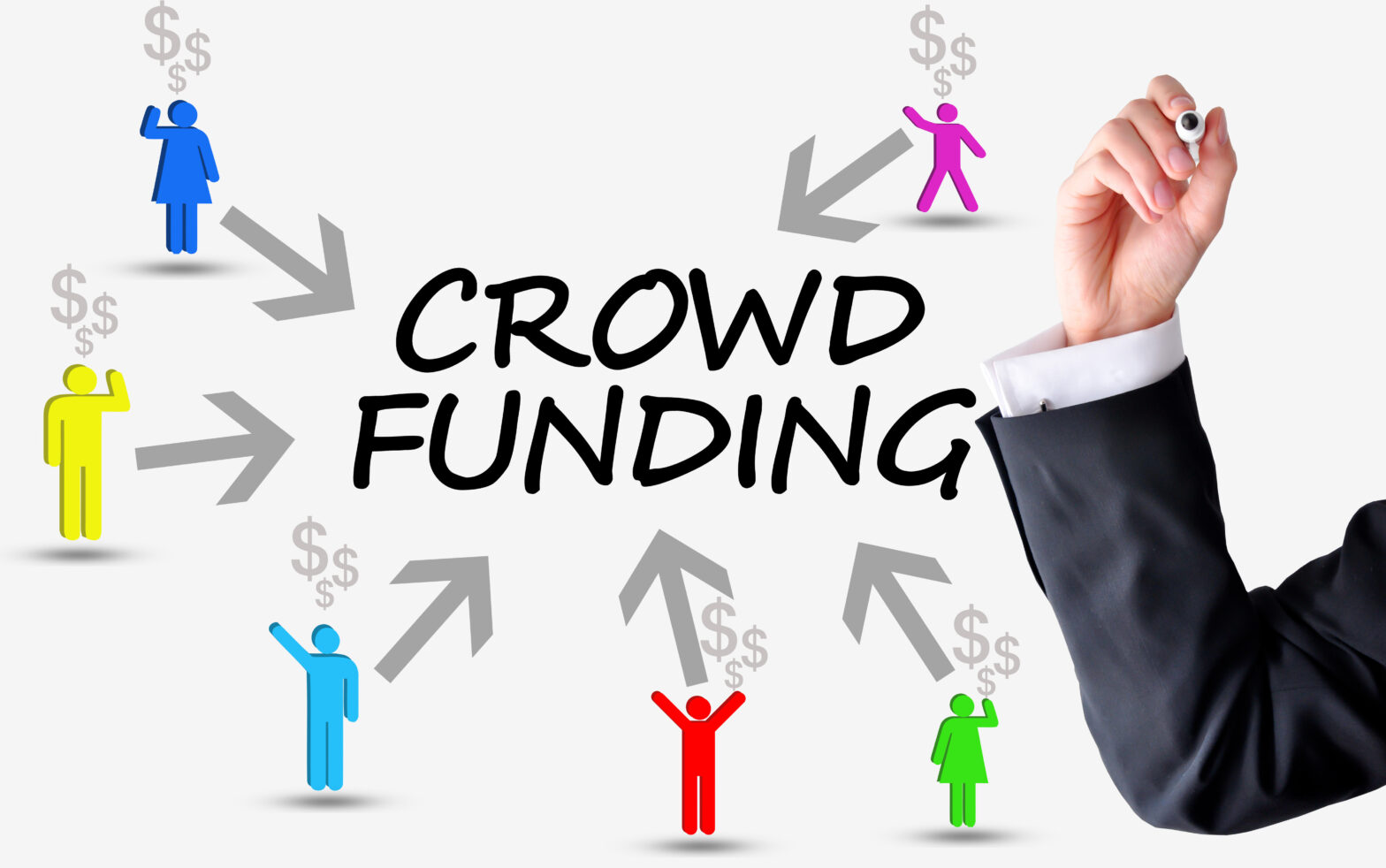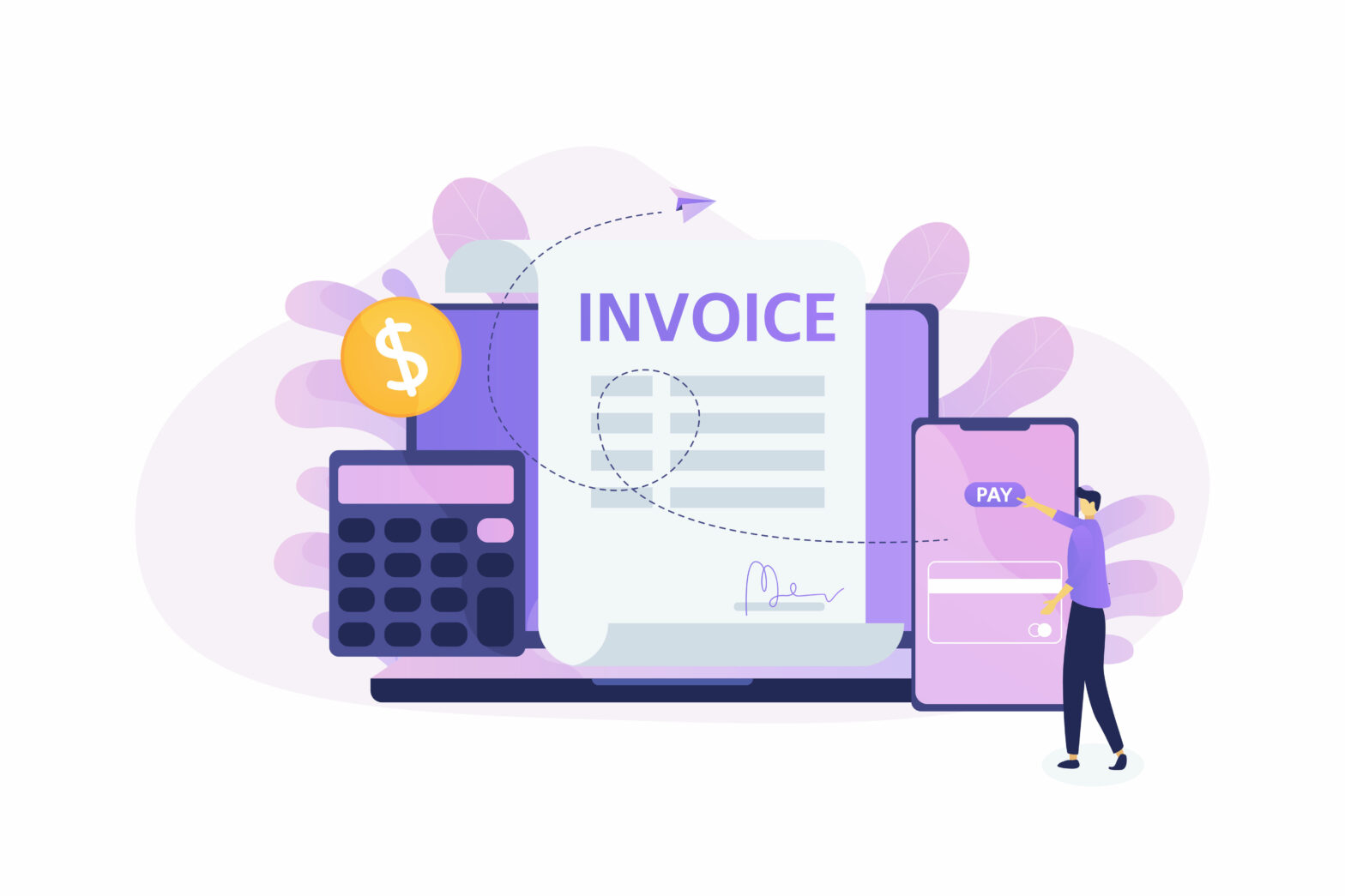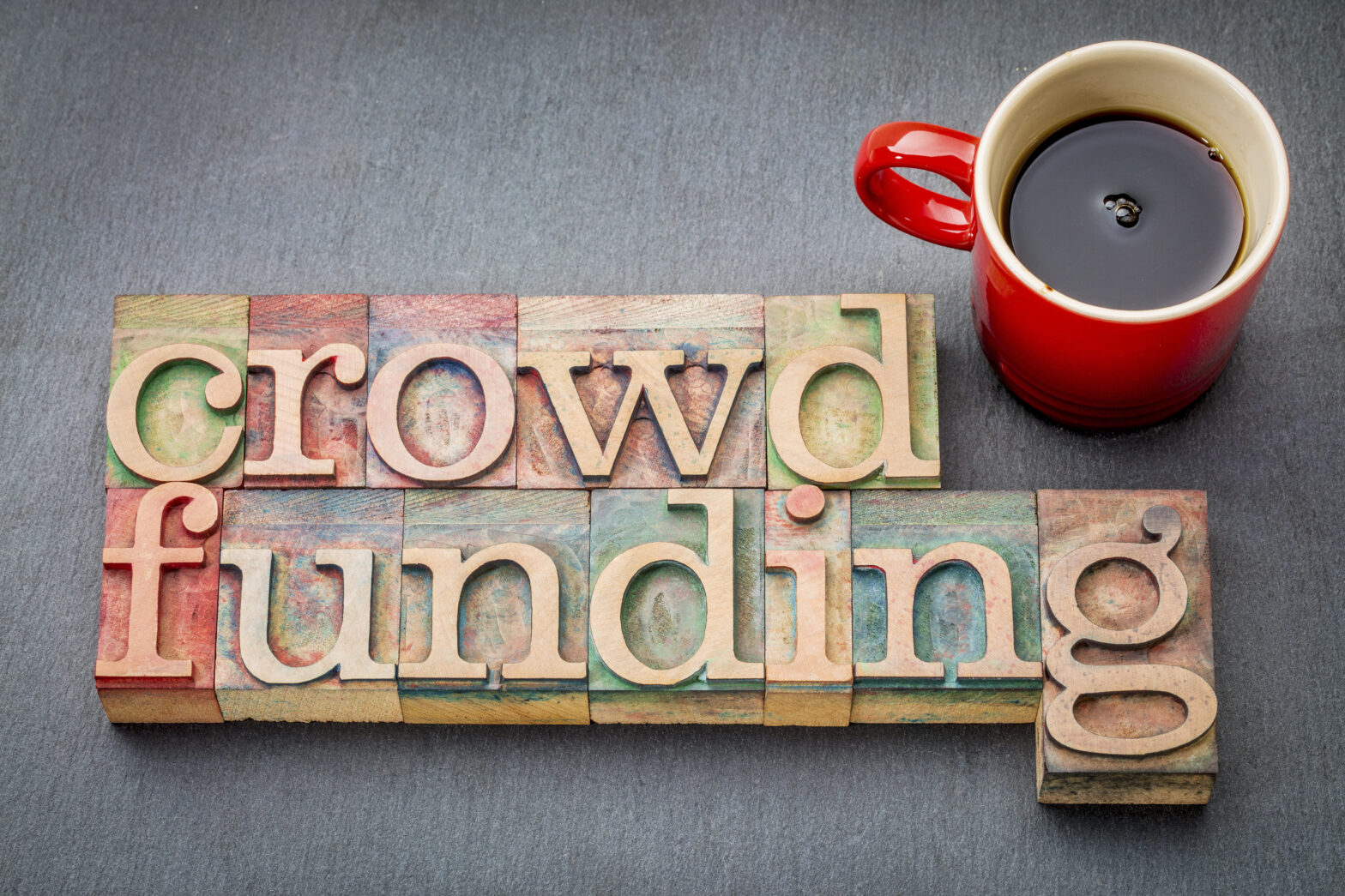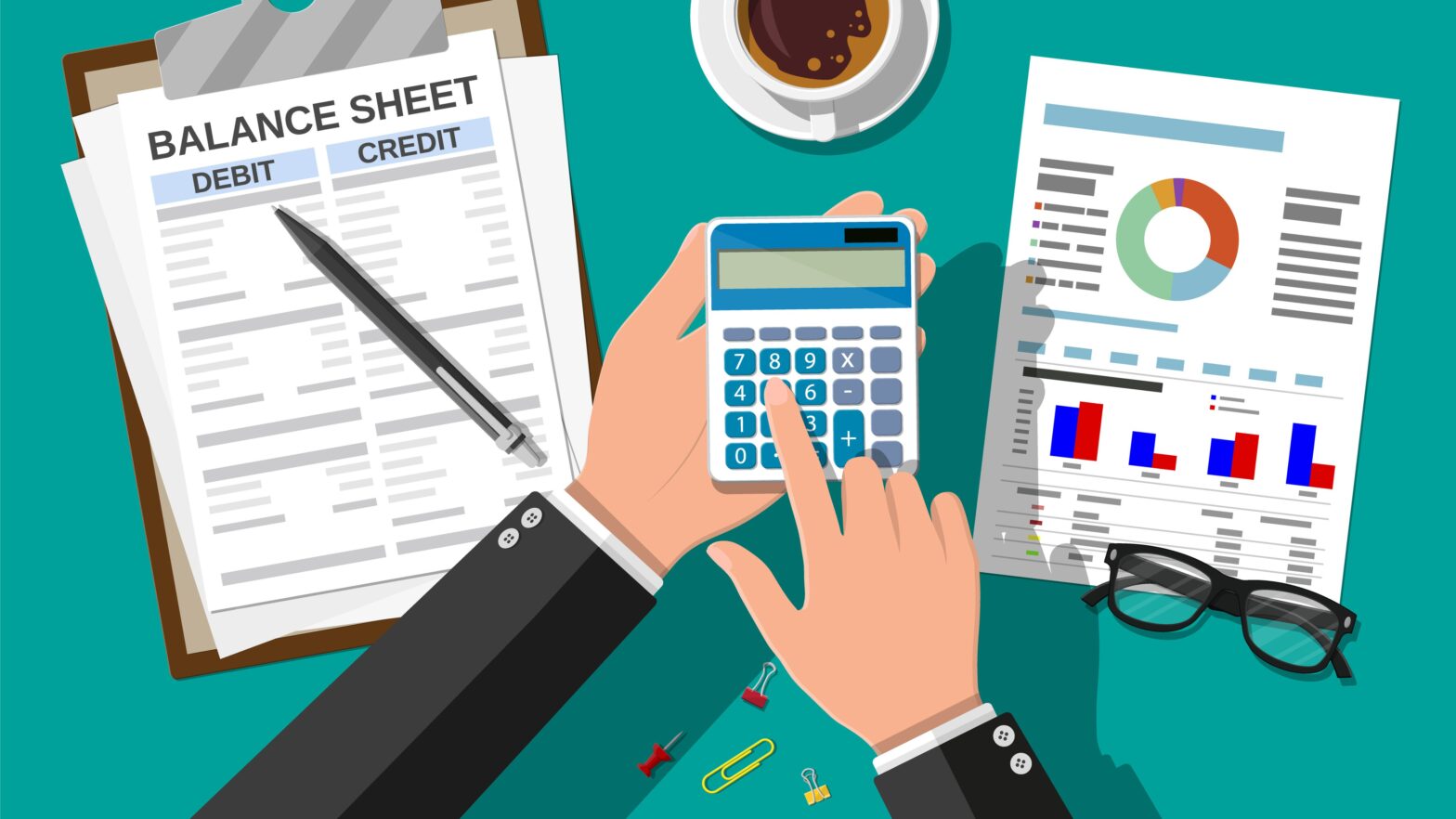Crowdfunding on Seedrs allows ambitious businesses in all sectors to raise capital and build a community from all kinds of investors through an efficient, online process.
All investments made through Seedrs offer voting shares to investors and use professional-grade subscription agreements to ensure investors get the same level of protection that angels and VCs enjoy.
Since the company’s launch in 2012, it has funded over 500 deals and had over £220 million invested into campaigns on the platform.
Step 1: Is equity crowdfunding on Seedrs right for your business?
Having a clear understanding as to why you are looking to raise capital via equity crowdfunding is key. It is a very public way of raising money and you can engage thousands of investors, who will be future brand ambassadors of the business.
Do you have a community? Your own community and your ability to reach them, are vital to the success of your crowdfunding campaign. They provide early support and investment to the campaign which can pique the interest of other investors who have not heard of the business before.
Lastly, there is a misconception that a business either equity crowdfunds or raises from institutional investors but this is not the case – you can do both, simultaneously. On the Seedrs platform we’ve seen an increasing number of co-investment rounds with big name VC firms such as Draper Esprit, Unilever Ventures and Ascot Capital.
Step 2: Decide which type of campaign is right for your business
Crowdfunding on Seedrs mean three types of campaigns for entrepreneurs:
- Equity – this is by far the most popular type of campaign. It offers investors the opportunity to buy shares in your company immediately at a set price
- Convertible – this is perfect for a business that knows it is going to be raising a larger round in the near future. A convertible is short-term debt that converts into equity upon the closing of a follow on round of financing
- Funds – If you are an accelerator or incubator, you will need to run a funds campaign. When someone invests in a fund on Seedrs, they become a shareholder in each of the underlying businesses that the relevant fund organiser or manager chooses.
Step 3: Select a dedicated person to manage/own the campaign
Raising investment is really hard work. It is helpful to have a dedicated person owning the campaign and managing all activities surrounding it. There is a strong correlation between prompt responses to investor questions within the discussion tab, and that investor going on to invest in the business.
Step 4: How to value your business
Below are a few key pointers from Seedrs’ portfolio manager, Shameel Khan, on coming to early-stage valuations when crowdfunding on Seedrs.
The industry in which a company operates is important in determining valuation. If a company operates in a “hot” industry (i.e. Fintech/AI/healthtech), it might achieve a higher valuation compared to another company at the same stage in a different industry.
Market size – The larger the market in which a company operates, the bigger the potential upside of an investment.
Your team – A high profile team with a wealth of experience will be able to command a higher valuation as by default they are more likely to build a successful business.
Stage of development – If a business is still just a concept then it is unlikely to get the same valuation as a company that has a product in the market with a user base.
Traction – If a company is gaining amazing traction, this will demonstrate to investors that the business has potential and could result in a higher valuation.
Unit economics – At the early-stage it is highly unlikely the company will be profitable but being able to demonstrate good unit economics for your product/service is important to show investors a route to future profit.
Step 5: Start creating your campaign
Your campaign page is the most important thing to get right when crowdfunding on Seedrs. You won’t get to meet all your prospective investors face-to-face so you need a compelling written pitch and a three-minute video to accompany. With an average of 25 campaigns live at any one time on Seedrs, you need to stand out. Communicate concisely what your company does, its market potential, its intended impact and how you will use the money raised to scale.
It is a top line business plan that tells a story, highlights achievements to date and presents a clear route to future growth. Investors should gain a sense of who a founder is, where his/her passion lies, why he/she started the business, and why it could become the next big thing. Research other successfully funded campaigns for ideas to help you stand out!
A few key elements
Idea
Bring your business to life and get people feeling as passionate as you do. Give an intro to what your business does and who you are. Treat this like a 30-second elevator pitch.
Intended impact
What solution does your business create? Talk about existing gaps in the market and how your business fills those gaps.
Substantial accomplishments to date
Shout about your achievements – use key support materials such as data, revenue, media coverage and awards to really showcase your credibility.
Monetisation strategy
How do you plan to generate revenue? Investors want a future return on their investment.
Use of proceeds
How are you going to use the cash – how do you plan to grow the business with your new funding?
Market
Who is your target market and what are the characteristics of this market (current size, distribution, behaviour, scope)?
Marketing strategy
How are you going to reach your target users or customers? Get colourful and describe how you plan to raise awareness of the business and attract new users.
Competition strategy
Who is the competition and why do you blow them out of the water? Give investors an overview of the competitive landscape so they can really understand the scope.
Providing evidence
Make sure everything you say is fair, clear and not misleading. Seedrs has a responsibility to investors to ensure that the information that they read in each campaign is complies with FCA financial promotion guidelines.
Step 6: Create an engaging video
Making videos for crowdfunding on Seedrs doesn’t have to be expensive, but the process is very important, so it is crucial to get it right. This is an investor’s chance to get to know you in a 2-3 minute window. A video should be slick, engaging, insightful and sincere. Tell your story and talk about your service/product and its market potential to remind investors why they should back you. Watch a number of crowdfunding videos for inspiration.
Include:
Product demo
A quick teaser trailer giving an intro to your product, around 30 seconds in length. Ideally the first ten seconds should show your product, the next ten should explain it and the final ten should give a quick overview of key features and USPs.
Why
Show investors your founding team and tell your story, cause or belief. Why are you doing what you’re doing, why is there a problem?
How
Use this part of the video to explain how your product/services solves the problem, how it works, and demonstrate any customer testimonials you might have.
What
Here you can discuss the investment, market size, current success, competition, scaling options, investor testimonials as well as why your team can take the business to the next level.
Call to action
End with a clear closing statement summarising your offering. Outline the future of your company and the investor’s potential contribution to it.
NB. The script for your video will need to be approved by a member of Seedrs’ investment team ahead of filming, to ensure everything is within our guidelines so that we can approve it as a financial promotion.
Step 7: Create a marketing and PR strategy
Considering who you want to communicate with is key when crowdfunding on Seedrs. Marketing and PR around your campaign can really help build awareness and traction. Ask for an intro to the Seedrs PR & marketing team for best practice and advice.
Before sending any communications, draft an outreach list to manage when you are speaking to potential investors in an orderly manner, avoiding any repeated conversations or missed opportunities.
Outreach categories include:
Family
These people are highly likely to invest in your business, but are unlikely to have a Seedrs account. Ensure that your contact with them makes it clear how to sign up and invest on the platform.
Friends
This group may need to be split into smaller cohorts (close friends, acquaintances etc.) in order to tailor more specific emails to them. Similarly, you will need to instruct these recipients on how to sign up for an account.
Customers
Getting your customers or suppliers is a great way to build relationships. If they have invested in your business, it is highly likely that they will want to maintain the relationship in order for the brand to grow. You might want to discuss a pre-registration with Seedrs if you have a big community.
Previous investors
People who have already invested in your business are reliable for follow ons if you have demonstrated growth since they last invested.
VC’s and Angel investors
If you have relationships with any angel investors, then you will certainly want to create a tailored email for reach outs. If you are approaching professional investors for the first time, then you will need a professional pitch deck to send in advance of setting up a meeting.
Your extended network
This group will include people you have previously worked with, your LinkedIn network, people who work in relevant industries and other people within your email list.
Media
Getting the word out about your campaign when crowdfunding on Seedrs is really important. Spend some time looking at which journalists from newspapers and online publications write about crowdfunding and start-ups. Start engaging with them on social media and follow what they are writing so that when the time comes you can send a personalised pitch to them.
Step 8: Going live
Private campaign
Only people with the URL to your campaign will have access at this stage so it’s not public to a wider audience. This let’s you manage the launch in a controlled way. Keep the timing tight, only stay in private for 3-5 days.
When you launch your private campaign, plan to invite everyone who pre-registered their interest and the outreach lists you prepared. Getting 50 to 100 investors while in private is a great starting point. This will, ideally, generate early momentum into the campaign before you go public.
Public campaign
This is where all your hard work pays off and your campaign is visible to a wider pool of investors. You’ve already reached out out to your direct audiences, so this is when you want to use marketing and PR to drive a new audience to learn about the business opportunity.





